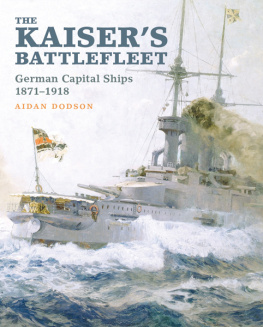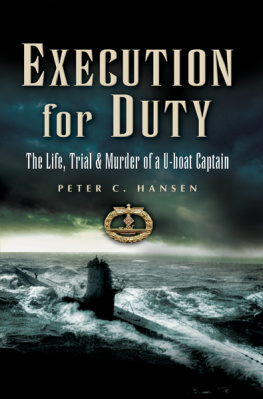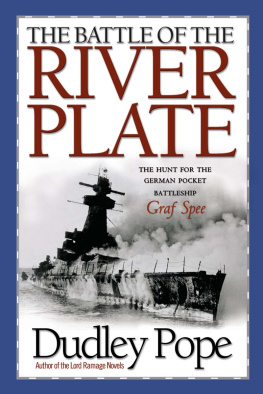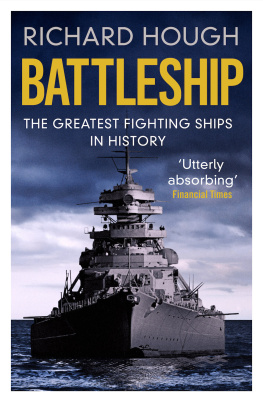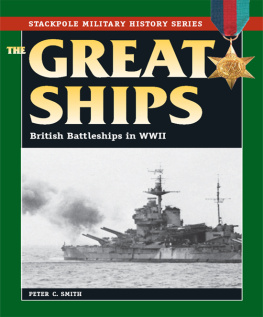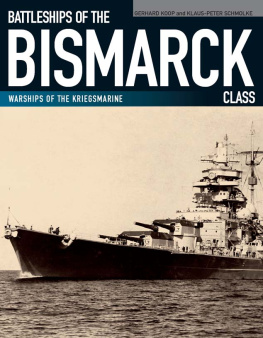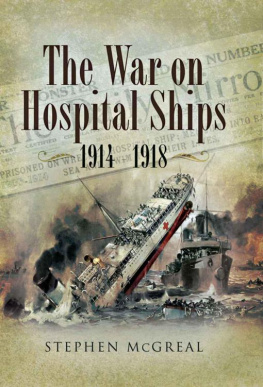

Aegir, pictured soon after completion, when classified as a IV. class armoured ship. Originally intended for coastal service in defence of the Kiel Canal, she was later formally listed as a battleship, allowing her to be replaced by the six-times larger Prinzregent Luitpold. (Authors collection)
Copyright Aidan Dodson 2016
First published in Great Britain in 2016 by
Seaforth Publishing,
Pen & Sword Books Ltd,
47 Church Street,
Barnsley S70 2AS
www.seaforthpublishing.com
British Library Cataloguing in Publication Data
A catalogue record for this book is available from the British Library
ISBN: 978 1 84832 229 5
PDF ISBN: 978 1 47388 156 3
EPUB ISBN: 978 1 47388 155 6
PRC ISBN: 978 1 47388 154 9
All rights reserved. No part of this publication may be reproduced or transmitted in any form or by any means, electronic or mechanical, including photocopying, recording, or any information storage and retrieval system, without prior permission in writing of both the copyright owner and the above publisher.
The right of Aidan Dodson to be identified as the author of this work has been asserted by him in accordance with the Copyright, Designs and Patents Act 1988.
Typeset and designed by Steve Dent
Printed and bound in China by 1010 Printing International Ltd
CONTENTS
PREFACE
I N CONTRAST TO THE MUCH SMALLER NAVY of the German Third Reich (1933-45), the warships of the Second Reich (18711918) have been poorly served in the Anglophone world, the principal available sources being sections within works of international scope (e.g. Conways All the Worlds Fighting Ships) and/or focussing on the dreadnought/First World War era. The main exception has been a partial English translation of Erich Grners monumental work on all German warships down to 1945 but although a mine of technical data, it says little about ships careers, with information about modifications often sketchy as regards both detail and date.
In addition, many of these works contain significant errors, some going back to erroneous Allied intelligence during the First World War, others from evident misunderstandings of the original German editions of Grner, compounded by often copying earlier English-language sources without taking into account more recent German scholarship. The latter now includes detailed monographs on the origins of dreadnought-era capital ships by Axel Griemer
While some of the First World War era capital ship material has recently become available in the works of Gary Staff) or Groe Kreuzer (large cruisers including what the British would later term battlecruisers) under the German 1900 Fleet Law, starting with the first ironclads ordered by the then-Prussian Navy through to the last paper-projects produced by the Imperial Navy during the final year of its existence.
In doing so, a conscious attempt has been made to avoid a dry class-by-class structure in favour of one that essentially tells the story of the German Imperial Navy (Kaiserlich Marine) through the prism of its capital ships. This includes the political and strategic backgrounds to the various classes and their evolution and modifications, the narrative structure considering the way in which new construction and the refitting and rebuilding of existing vessels was tied together in maintaining and enhancing the fleets capabilities. In addition, there are overviews of the ships operational use, with accounts of the relevant operations specifically highlighting the activities of, and damage suffered by, the battleships and large cruisers, complemented by photographs showing the ships, their modifications and aspects of their operation. The small number of capital ships built and/or designed for foreign powers are also included to give a fully rounded impression of German capabilities.
This core narrative is accompanied by a second part that comprises summaries of the technical details of the ships involved, tabulations of their building history and final fates, and brief digests of their careers. It is illustrated with sketches showing the arrangements of armour and machinery spaces, and the evolution of ships external appearances. It should be emphasised that these are indeed sketches, and do not pretend to be formal technical drawings. In particular, the details of some ships armouring remains to a degree obscure, with differences between published sources (with some major demonstrable errors in certain standard works). As in all other aspects of this book, where contradictions exist, the data given is that which comes from what appear to be the most authoritative sources (and in some cases discussed in the notes): however, it is quite possible that further research may lead to detail changes.
My thanks go to various people for the provision of information, images and other help, in particular to Ian Buxton, Stephen Dent, Geirr Haarr, Christian Jentzsch, Stuart Lythgow, Innes McCartney, Stephen McLaughlin, Brian Newman, Dirk Nottelmann and Richard Osborne, but also to all others who have aided me in various ways. Finally, I must thank my wife, Dyan Hilton, for final proof-reading and putting up with me while I was writing this book (and rather foolishly two more in parallel!); responsibility for errors and any unsound reasoning remains, however, wholly mine!
University of Bristol
August 2015
. E Grner, German Warships 1815-1945, I: Major Surface Vessels, revised and expanded by Dieter Jung and Martin Maass (London: Conway Maritime Press, 1990).
. A. Griemer, Groe Kreuzer der Kaiserlichen Marine 19061918: Konstruktionen und Entwrfe im Zeichen des Tirpitz-Planes (Bonn: Bernard & Graefe, 1996) and Linienschiffe der Kaiserlichen Marine 1906-1918: Konstruktionen zwischen Rstungskonkurrenz und Flottengesetz (Bonn: Bernard & Graefe, 1999).
. P Schenk, D Nottelmann and D M Sullivan, From Ironclads to Dreadnoughts: The Development of the German Navy 1864-1918, Parts III, Warship International 48 (2011), pp 24173; 49 (2012), pp 5984; D Nottelmann, From Ironclads to Dreadnoughts: The Development of the German Navy 1864-1918, Parts IIIVI, Warship International 49 (2012), pp 31755; 50 (2013), pp 20949; 51 (2014), pp 4390; 52 (2015), pp 13774, 30421.
. G Staff, Battle of the Baltic Islands 1917: Triumph of the Imperial German Navy (Barnsley: Pen and Sword Maritime, 2008); German Battleships 1914-18, 2vv (Oxford: Osprey Publishing, 2010); Battle on the Seven Seas: German Cruiser Battles 19141918 (Barnsley: Pen and Sword Maritime, 2011); German Battlecruisers of World War One: their Design, Construction and Operations (Barnsley: Seaforth Publishing, 2014).
. N Friedman, Fighting the Great War at Sea: Strategy, Tactics and Technology (Barnsley: Seaforth Publishing, 2014).
. E.g. the fictional horizontal armour-layout for the Helgoland class given by S Breyer in Battleships and Battle Cruisers, 1905-1970: Historical Development of the Capital Ship (London: Macdonald, 1973), p 268.
INTRODUCTION
B ETWEEN 1871 AND 1919, the German navy grew from an at-best second-rate force to the second largest in the world before being reduced once more to second-rate status in the wake of Germanys defeat in the First World War. However, unlike the other navy that underwent similarly spectacular growth during the same period, that of the United States, the huge German fleets purpose was often difficult to define in utilitarian terms. Unlike the vast coastlines of the United States, the defence of which gave a clear purpose for a significant naval force, the short German home coastline did not require deep-sea protection, while Germanys colonial empire (principally in South-West and East Africa and Pacific archipelagos) was entrusted to a small subset of the fleet and, as events proved, was indefensible in any war involving the United Kingdom.
Next page
